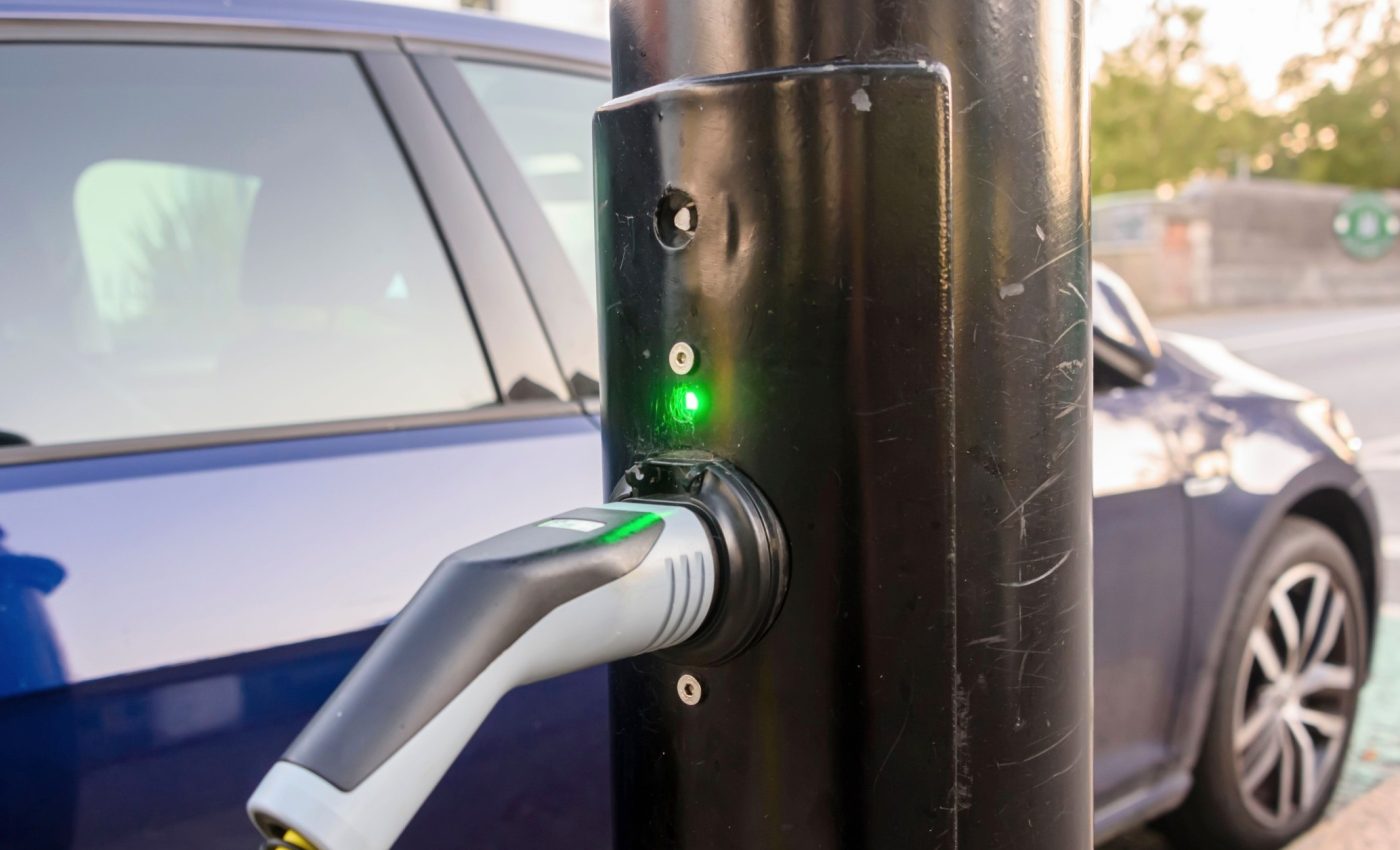
Streetlights could power the future of electric vehicle charging
Charging cars with streetlights may sound futuristic, but researchers are turning it into reality. Electric vehicles continue to grow in popularity, yet one challenge remains clear: how do people living in apartments or urban centers charge them without garages or private driveways?
A new project from Penn State suggests that the answer might already be standing on every city block.
Streetlights, which already line sidewalks and parking spaces, are being repurposed into charging stations. This approach could make electric vehicles more accessible and affordable while reducing environmental impacts.
The EV charging problem
Electric vehicles are praised for their lower running costs and reduced emissions compared to gasoline cars. However, adoption depends heavily on charging access.
People in multi-unit dwellings often lack dedicated chargers, limiting their ability to switch.
This gap becomes especially visible in dense cities, where residents may rely on street parking. Installing home chargers is not possible in these environments, and commercial stations are often limited in number, expensive, or inconveniently located.
The lack of easy options discourages many potential EV buyers, despite their interest in sustainable transportation.
Recognizing this issue, Penn State researchers developed a framework to evaluate streetlight charging. They installed 23 chargers in Kansas City, Missouri, and analyzed the outcomes.
Streetlights as EV chargers
The results were striking. Streetlight chargers proved cheaper and quicker to install than traditional stations, since the infrastructure already existed. They also reduced environmental impacts and improved convenience for residents.
“The motivation for this work comes from the fact that many apartment and multi-unit dwelling residents, particularly in urban and downtown areas, lack access to dedicated home EV chargers, since they don’t have the privilege of owning a garage,” said Xianbiao “XB” Hu, associate professor of civil and environmental engineering.
“Fortunately, streetlight poles are already powered and typically owned by municipalities, making them relatively easy to work with. Their placement – often near on-street parking and in high-traffic areas – makes them well-positioned to serve both local residents and visitors.”
Increasing EV use across the country
Funded by the U.S. Department of Energy, the project partnered with Kansas City, Metro Energy Center, utility companies, and the National Renewable Energy Lab. The team created a three-part framework, focusing on demand, feasibility, and benefits, that other cities can adapt.
“The scalability was a huge part of what makes this framework important,” said Yang “Chris” Song, corresponding author and former Penn State doctoral student.
“Creating something that works not just in one specific city but that can be adopted by many communities easily is critical for increasing EV use across the country.”
Finding EV charger spots
To estimate demand, the team studied land use, station density, nearby attractions, and traffic patterns. Artificial intelligence then used these factors to predict where chargers would be most useful.
“We also took into account equity, which here means the proactive engagement with the community to ensure fair and inclusive distribution of the streetlight charging benefits across diverse neighborhoods,” Song said.
This focus on equity is especially important. Without intentional planning, new technologies often benefit wealthier areas first, leaving lower-income communities behind. By using data to ensure an even distribution, the researchers created a model that avoids this imbalance.
Testing in Kansas City
Using this data, the team selected 23 streetlights for conversion. They ran the stations for a year, collecting usage and performance data. Compared to commercial stations, the retrofitted chargers were cheaper and offered faster charging speeds.
Yuyan “Annie” Pan, a postdoctoral researcher, explained why: “They draw power from dedicated municipal electrical lines and face less competition from multiple vehicles charging simultaneously, unlike clustered commercial stations.”
The chargers also brought environmental benefits. Because they were installed where cars already park, they cut unnecessary trips to separate charging hubs, saving gasoline and reducing emissions.
The future of EV chargers
The team hopes to enhance its framework with socio-economic and weather data.
Socio-economic analysis could highlight communities with limited EV access, while weather data could refine predictions of energy demand, since temperature extremes influence battery use.
The inclusion of these factors will allow more precise planning. For instance, colder regions might need more chargers due to reduced battery efficiency, while high-income areas might show different usage patterns compared to neighborhoods where EV adoption is still emerging.
Broader significance of the research
The research shows how creative solutions can solve everyday problems in sustainable ways. Instead of building entirely new infrastructure, cities can retrofit what already exists. This reduces costs while speeding up deployment, making EV charging networks more inclusive.
At Penn State, the project reflects a tradition of research that addresses real-world needs. It also demonstrates how federal funding drives innovation that strengthens communities, industries, and the national economy. With recent funding cuts, sustaining projects like these becomes even more vital.
Streetlight charging may not be the only answer to EV adoption challenges, but it shows what’s possible when researchers, governments, and communities work together.
It’s a reminder that sometimes the most effective solutions are already right in front of us, waiting to be reimagined.
The study is published in the Journal of Urban Planning and Development.
—–
Like what you read? Subscribe to our newsletter for engaging articles, exclusive content, and the latest updates.
Check us out on EarthSnap, a free app brought to you by Eric Ralls and Earth.com.
—–













